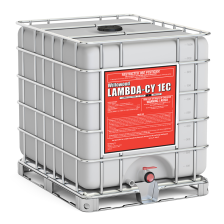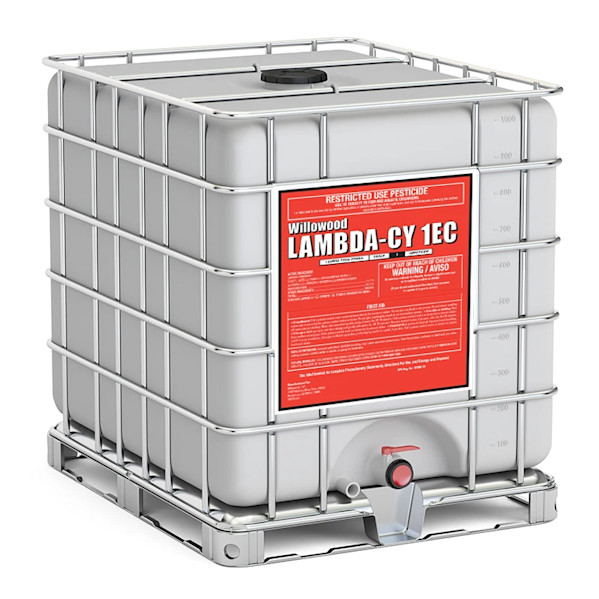How to Identify Alfafa Hopper
Identifying the three-cornered alfalfa hopper (Spissistilus festinus) involves recognizing both the adult and nymph stages of the insect. Here are detailed characteristics to help farmers identify this pest:
Adult Stage:
Shape and Size: Adults are wedge-shaped, resembling a triangle when viewed from above. They are approximately 6-8 mm (about 1/4 inch) in length.
Color: They are typically green, which helps them blend in with the foliage. Some may have a slight yellowish or brownish tint.
Wings: The wings are transparent with green veins and are held roof-like over the body when at rest.
Head: The head is broad and blunt, with prominent eyes on either side.
Movement: Adults are agile and can jump or fly short distances when disturbed.
Nymph Stage:
Shape and Size: Nymphs are smaller than adults, starting at about 1-2 mm in length and growing larger as they molt through several instars.
Color: Nymphs are generally pale green and may have a slightly translucent appearance.
Body Structure: They lack fully developed wings but have wing pads that become more pronounced as they mature.
Spines: Nymphs have spines along their back, which are more noticeable in the earlier instars.
Movement: Nymphs are less mobile than adults but can still move quickly when disturbed.
Damage Indicators:
Girdling: Look for girdling on stems, which appears as a dark, constricted ring. This is caused by the hopper's feeding and can weaken the plant.
Plant Symptoms: Affected plants may show signs of reduced vigor, yellowing, and stunted growth. In severe cases, plants may lodge or die.
Pod Set: In soybeans, reduced pod set and lower yields can be an indicator of hopper activity.
Scouting Tips:
Timing: Regularly scout fields, especially during the growing season when the hoppers are most active.
Sampling: Use a sweep net to sample the foliage and capture both adults and nymphs for closer inspection.
Field Edges: Pay particular attention to field edges and areas with dense vegetation, as these are common hotspots for hopper activity.
By closely monitoring these characteristics and symptoms, farmers can accurately identify the three-cornered alfalfa hopper and take appropriate management actions to protect their crops.


